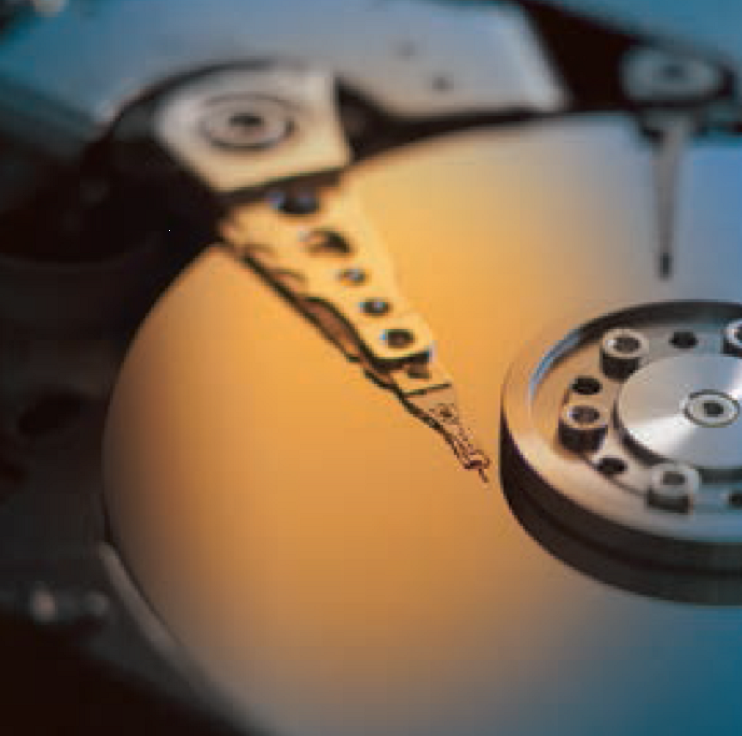Demanding applications oftentimes require specialty technologies and fabrication techniques to be feasible. In days of old, CMOS and bipolar technologies had to live on different substrates. CMOS provided the lower power and highly dense logic while bipolar gave high-drive currents with tougher and more-robust drivers.
Similar specialty processes are infused into the technologies we use every day. Gallium Arsenide used to be the only way to get the ultra-high-speed logic functionality until advanced CMOS fabrication processes caught up and became commonplace. Other specialty elements like Iridium, Indium, Antimony, Arsenic, Phosphorous, and many other compounds have been used to extend the range and capabilities of standard silicon devices. Even substrate base materials add non-standard specialization to the manufacturing process.
While these compounds, fabrication processes, and resulting devices serve the needs very well, they add cost and complexity whenever an outside-the-box non-plain vanilla silicon manufacturing process is needed. Frequently, multi-chip modules are encapsulated into a single monolithic solution. This approach satisfies the density requirements, but is costly.
Bulk silicon-fabrication technology is the most cost-effective way to fabricate an advanced IC, so when a technology becomes important enough to make a difference, it is worth the time and sharp pencils to make it work with plain silicon. And, certain key market drivers are also driving innovation.
Take for example the announcement from Avago about their pioneering silicon-fabbed Multi-Reader Hard Disk Drive Read Channel fabrication success. As more data is mined and archived by more nations and companies, the increasing need for even higher-density disk drives is pushing this to unprecedented levels of performance using less power and space. This new technology leaps ahead with data rates up to 4 GHz letting Array Reader Magnetic Recording (ARMR) systems achieve areal storage densities greater than 1.3 Terrabits/square inch.

Higher density encoding and reader technology is pushing storage densities to higher capacities and data rates at lower costs thanks to semiconductor and SoC innovations.
The industry is deciding whether or not ARMR, Bit Pattern Media Recording (BPMR), or Heat-Assist Magnetic Recording (HAMR) solutions will be adopted. This could be a winning salvo on the side for ARMR. Other plusses for ARMR are the 15 percent enhancement in capacity when performing single-track detection. It also permits tighter recording-head densities when two or three read elements are staggered in a cross-sectional way.
The Multi-Reader is significant because it leaps ahead with a 10X improvement over competitive and prior generations. While in the System-on-a Chip (SoC) implementation, it delivers this performance increase monolithically in less silicon area. This opens the door for significant storage capacity increases within established facilities as well as new, A single 2U-server upgrade will increase capacity by 16 Terabyes over the existing ones.
It also means that the pricing-per-density costs will be decreasing as will the Watts-per-density figures. As data becomes the new world currency, storage systems will become the new vaults. The Products Solution Guide for Data Centers can keep you up-to-date when the latest advances become available.
Advertisement
Learn more about Avago Technologies





